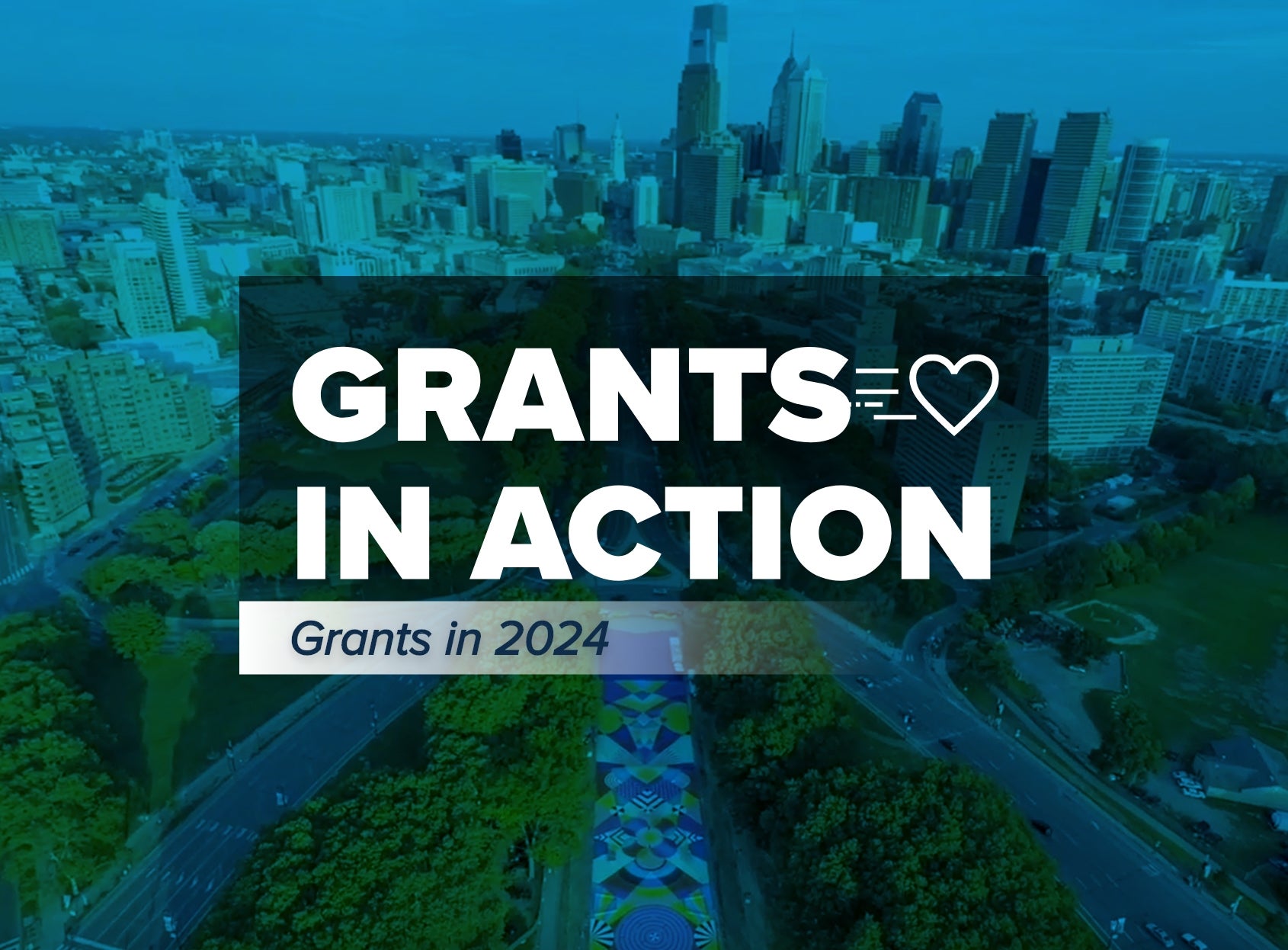Supporting Disaster Recovery and Relief in the Long-Term

For communities affected by the war in Ukraine as it enters its third year, the concept of recovery can feel distant. The widespread destruction and ongoing upheaval produces widespread impact that continues to be felt well beyond the initial crisis phase. Those communities serve as just one illustration of the challenges posed by philanthropists seeking to help rebuild after disasters—whether natural or human-made.
Nonprofits and donors alike face various obstacles when approaching long-term disaster giving, as a cavernous gap exists between inceptive funding for response and relief and funding for long-term recovery and resilience. Data reports show an average of 40% more giving for response and relief than for reconstruction and recovery from 2012-2020. Depending on the nature of the crisis, it can take those affected years to recover.
Trends in Disaster Giving
The Center for Disaster Philanthropy reports that around 80% of all disaster giving takes place within the first week of a crisis—and these donations often pertain to immediate response and relief, as opposed to recovery and resilience or preparedness. The 2023 Harris Poll found that 59% of American donors gave half or more of their total 2022 monetary donations to nonprofits providing disaster relief, an increase of 12% from 2021. However, in 2020, response and relief comprised 90% of all disaster funding, while recovery and resilience counted for only 2%.
Media coverage is often a primary factor driving giving in the early days of a crisis. Whether it’s trending on social media or part of the traditional news cycle, when a disaster is breaking news, the idea of supporting those affected stays in the front of your mind. But when a disaster is no longer making headlines, support falls dramatically. The nature of the gifts themselves also plays a part in determining how far nonprofits can stretch that early inundation of generosity.
With donors looking to better support those affected by disasters long after the acute phase of a crisis, how can these trends shift? Here are a few ways you can meaningfully engage in long-term disaster recovery support:
Build a disaster giving strategy:
- Maintain contact with the nonprofits you supported at the start of the crisis; sign up for emails, subscribe to a newsletter and follow them on social media.
- Set up recurring gifts so you don’t have to rely on your memory to continue lending support.
- Include recovery and resilience support in your giving strategy.
A key aspect of recovery and resilience is rebuilding. Repairing or rebuilding physical structures damaged in a disaster requires consistent and dedicated funding—and there is often a gap between where government funding ends, and where an individual’s capacity to afford repairs and reconstruction begins. Those affected by the gap in available and accessible funds include:
- Small business owners
- Individual homeowners
- School administrators
- Religious leaders
Grantmaking to fund repairs and rebuilding projects aimed at supporting cohorts like the ones mentioned above can help communities regain a stable foothold at a steady and efficient pace.
Recovery and resilience support might also look like grantmaking to nonprofits that:
- Focus on providing guidance and assistance to those faced with a confusing and overwhelming bureaucratic process.
- Help renters who don’t qualify for traditional aid or financial support available to homeowners.
- Address mental health concerns.
Focus on WHAT you’re giving — it makes a difference
What you choose to give during a crisis can have a significant impact on the effectiveness of your giving. Research has shown that many donors need help knowing what to give when a disaster strikes, with many choosing to send supplies in addition to or instead of sending funds. But recent reports estimate that approximately 60% of all physical items donated during a crisis often result in an overabundance of unusable goods. A good rule of thumb is only to give goods when you can verify that they are needed and will get to those who need them, when they need them.
How you give matters, too
Making a gift during a disaster that is earmarked for a specific use can severely limit a nonprofit’s ability to employ the funds given to their greatest effect. Unrestricted grantmaking is preferred during a crisis because it provides nonprofits with the flexibility to use the funds as they deem fit. Giving unrestricted funds means that the donor trusts the nonprofit professionals who are “on the ground” and have the expertise required to make the wisest decisions regarding how the money will be used. By trusting the nonprofit’s judgment, donors help to support long-term recovery. An unrestricted gift may be saved or invested to be used in the future, when the crisis has disappeared from the headlines and the funding has slowed down substantially.
Long-term disaster giving is a commitment a donor can make to remain engaged with the issue long after the crisis has all but disappeared from conversations in the news and on social media. Donors who center on flexibility and maintaining an informed strategy will find this avenue of philanthropy to be incredibly fulfilling and impactful, today and well into the future.
For further guidance, download our Issue Guide on Disaster Giving.
NPT is not affiliated with any of the organizations described herein, and the inclusion of any organization in this material should not be considered an endorsement by NPT of such organization, or its services or products.
NPT does not provide legal or tax advice. This blog post is for informational purposes only and is not intended to be, and shall not be relied upon as, legal or tax advice. The applicability of information contained here may vary depending on individual circumstances.


